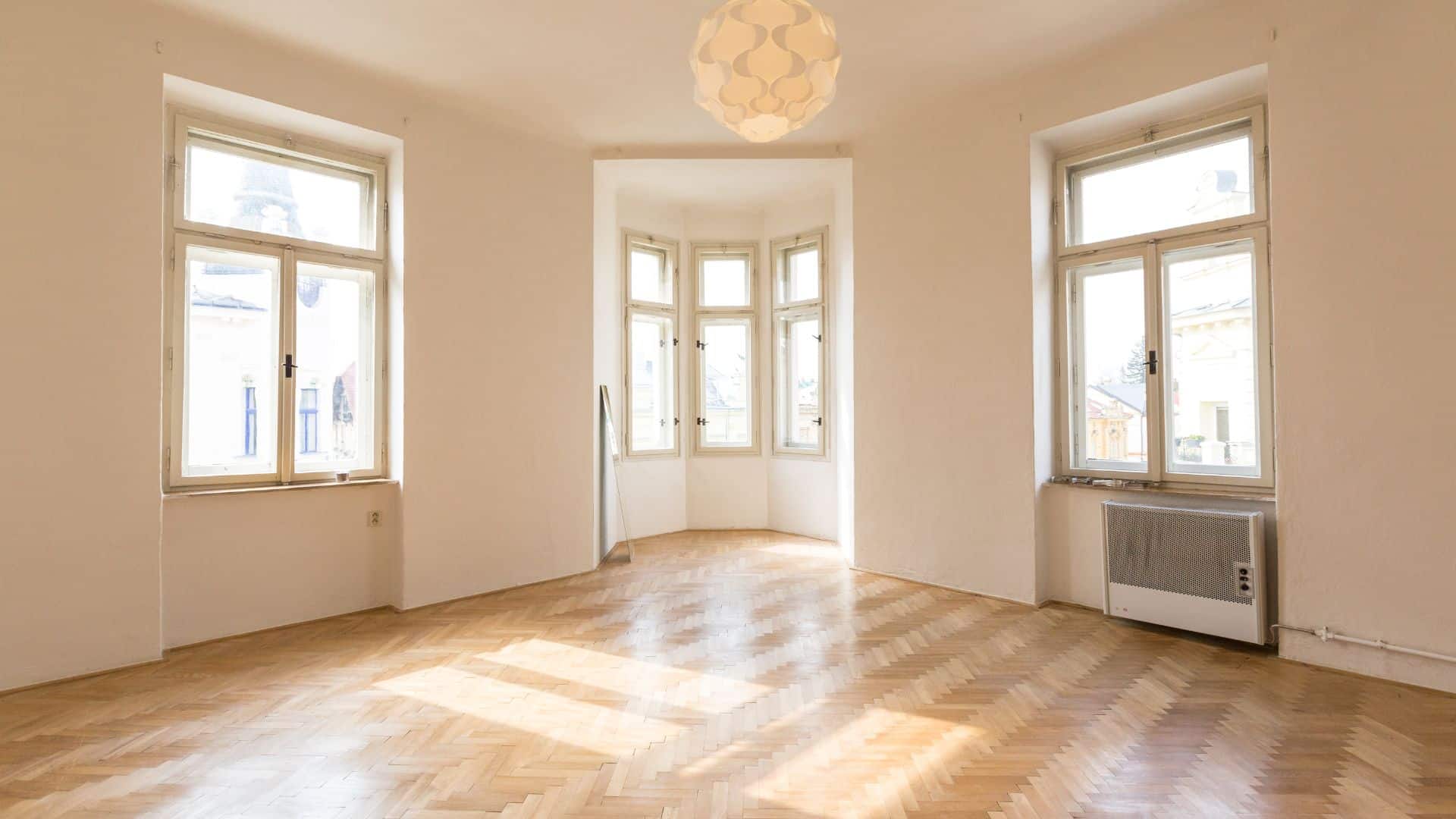Key Takeaway Both DIY and hiring a pro have their place. DIY is best for smaller, low-risk projects if you already own supplies and have the time. But when selling a home, tackling multiple rooms, or dealing with high ceilings and detailed trim, hiring professionals almost always pays off. Pros bring efficiency, equipment, and experience...


